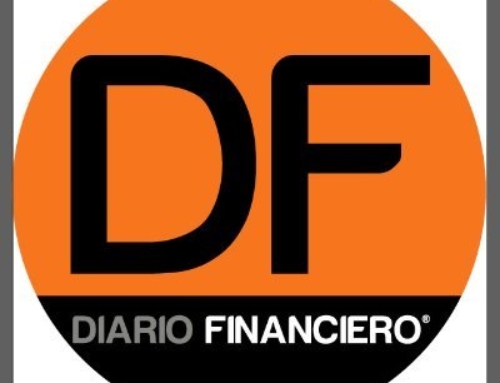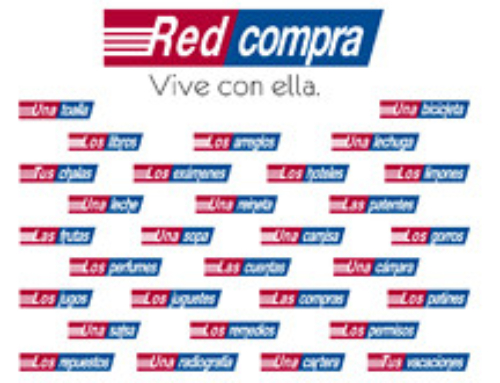When we think in a company´s corporate image we can assimilate this concept to persons or human beings, which have a personality, a way of behaving or specific cultural backgrounds. In that line, the principal criteria for building a corporate identity have different factors, as same as the individuals have. The most important is related with uniqueness or how companies differentiate one of another, the consistency over time, how the image that is projected fits the reality, the originality of the brands and finally how well this image adapts to different situations and markets.
By the other hand, the basic element of a corporate communication strategy is related with “what you are”, “what you project” and “what happens in the mind of the others”. A good strategy seeks to minimize the gap between what you are or like to be and how the company is perceived by the market, the stakeholders and the customers. The cultures, the core values and believes, how friendly or formal are the employees, even the building or furniture is what the organization is, the called corporate personality. Together with the corporate identity generates what the market sees or perceives about the company.
The relevance of a well-managed corporate image is that allow firms to build a corporate reputation. A good reputation means credibility and a “credit account” to use when facing problems. For example in the middle of an accident, disaster or important trouble, the market and the stakeholders will believe you if the company has a good corporate image, but if the company has a bad reputation the problem can multiply, expanding the damage and potentially influence the profits.
A sound reputation carries positive factors like increasing company´s effectiveness, market leadership, positive tendency of customers to buy products, favorable attitude from the market, and as result the possibility to make better businesses and improve the stakeholders´ perception. In the internal filed, companies can attract better employees, generate innovative and motivated environments and team building.
A Corporate Image Example
After General Motors (GM) almost stumbled toward bankruptcy, the Japanese company Toyota ascent into the top slot in the US market was inevitable. In 2008, the company sold almost 9 million cars, while GM only sold 8.3 million vehicles (Madslien, 2010). But it was not only a leader in sales; it was considered an example of quality in both manufacturing and customer service, with a well-earned reputation gained through years of hard work (Simpson, 2010).
Everything was running on wheels, until August 2009, when an accident in which an off-duty traffic officer and three of his relatives died. The problem seemed to be the accelerator getting caught in the floor mat of the brand-new Lexus Toyota vehicle.
This accident created a big expectation in the US country and in all the customers that counted not only the Lexus model. In response, a recall of almost 4 million Toyotas followed the accident, estimating that losses would reach $ 2 billion dollars in costs and lost sales worldwide (Madslien, 2010).
In between the potential problems and damages in repairs costs, legal costs or image costs, the brand damage could equates to a serious opportunity cost, lost sales and market share, drop putting the company in jeopardy. Because in high competitive industries like the automotive, where manufacturers battle hard to convince customers to spend significant amounts of money on their products, the blemish of a recall can be enough for the undecided customers to elect other brands (Elmerraji, 2010).
Even worse, the losses could escalate to an indeterminate place if it turns out that trust and reputation of the company, built up over a period of decades, crumbles.
By the other hand, a lot of critiques came from different stakeholders, like John Huntley (Madslien, 2010) that argued the lack of advice to customers that did not complain about the accelerator´s issue, or as a Jakarta´s Maverick Company Manager that pointed “people want to see a company take full responsibility, be emphatic to the victims and their families and be in control by outlining the problem and how they intend to solve it” (Madslien, 2010).
In this scenario, what did Toyota? First of all they adopted a communication strategy with a solid united front, focusing the message on the quick and unlimited cars recall as well as attempting to recover their customers´ using the arguments of trust and most of all on the past performance of the company, which was impeccable until the accident. After that first stage, they gave a public apology exuding confidence by explaining its superior technology (Knoespel, 2011). After two years, the company recovered its sales and most of all the customers’ confidence.
In this case we see a clear example of how a good communication strategy combined with a positive reputation “credit” can leverage and help a company to overcome a major credibility crisis.
References
Egan, J. (2007). Marketing Communications. London, UK: Thompson Learning High Holborn House
Elmerraji, J. (2010, February 19). The cost of an auto recall. Retrieved on August 19, 2012 from http://www.investopedia.com/financial-edge/0210/The-Cost-Of-An-Auto-Recall.aspx#axzz2425ITPZL
Knoespel, P. (2011, May). How did Toyota stay on top? Retrieved on August 19, 2012 from http://epublications.marquette.edu
Madslien, J. (2010, February 4). Toyota´s reputation could be tarnished for years. Retrieved on August 19, 2012 from http://news.bbc.co.uk/2/hi/business/ 8498036.stm
Pedroza, J. (2012, May 15). Corporate image. Monterrey, MX: Universidad Tec Virtual ITESM
Simpson, S. (2010, July 29). The biggest corporate image catastrophes. Retrieved on August 19, 2012 from http://www.investopedia.com/financial-edge/0710/The-Biggest-Corporate-Image-Catastrophes.aspx#axzz242364JPA
Related articles
- Futures Up; Toyota Hits Sales Record (blogs.barrons.com)
- The Toyota Recall Crisis (motortrend.com)
- Toyota says to sell 9.7 mln vehicles this year, up 22% (thenewstribe.com)
- GM: Countdown to Catastrophe (motortrend.com)
- Toyota Furia Concept Bound for Detroit – Could it Preview the 2014 Corolla? (wot.motortrend.com)






Leave A Comment